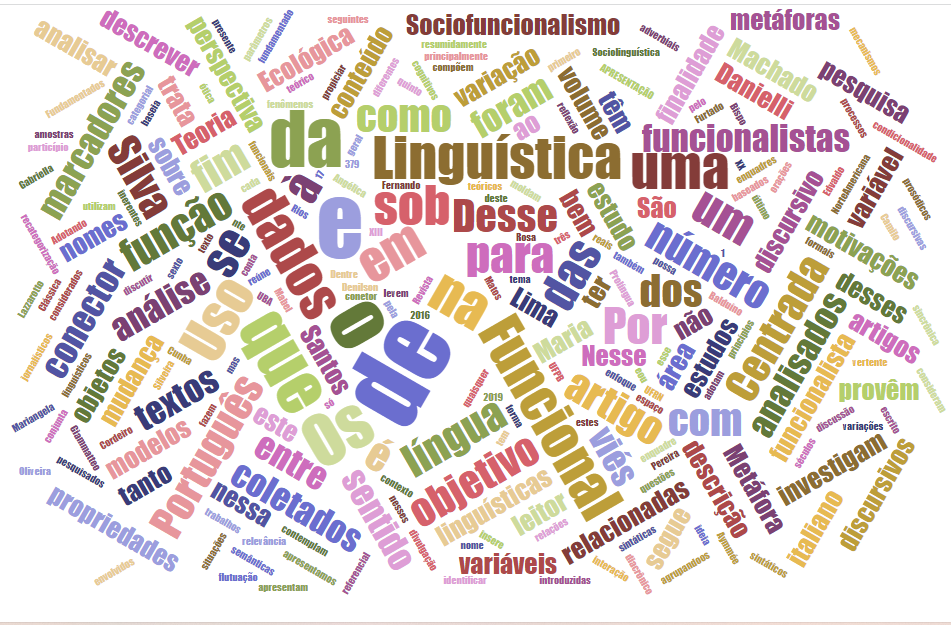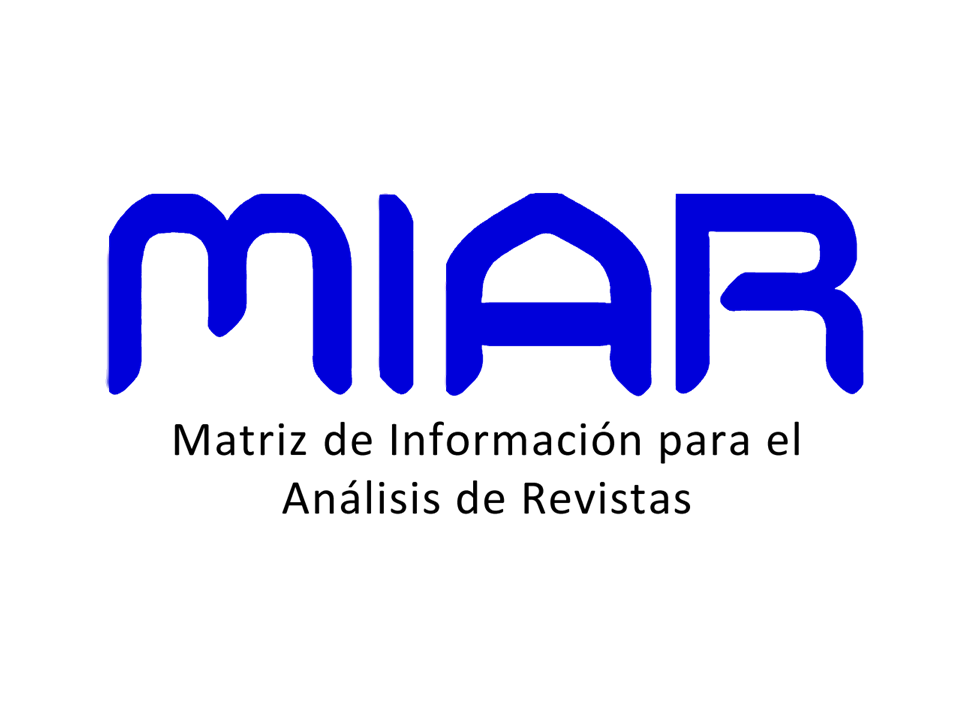OLHA E GUARDA COMO MARCADORES DISCURSIVOS DO PORTUGUÊS E DO ITALIANO: INDÍCIOS DE MUDANÇA TRANSLINGUÍSTICA
Keywords:
Discourse markers. Linguistic change. Grammatical construction.Abstract
The article makes a contrastive analysis of the forms olha, from Portuguese, and guarda, from Italian, in the function of discursive marker (DM), in the terms of Heine, Kaltenböck and Kuteva (2019). The analysis has a synchronic perspective and a qualitative bias, in the detection and interpretation of contextual properties that license such functionality. Based on the Usage-based Language (TRAUGOTT; TROUSDALE, 2013; HILPERT, 2014; ROSÁRIO; OLIVEIRA, 2016), it is assumed that DMs look and keep evidence the translinguistic character of change, as defended by Bybee (2010; 2015). Such constituents migrate from the sentential grammatical level to the thetic level, according to Kaltenböck and Heine (2014), fulfilling a procedural function as DM. The results obtained so far confirm the regularity with which olha and guarda are instantiated in the speech marking, as well as the formation of chunks of the same function as in olha só and guarda un po', respectively.










